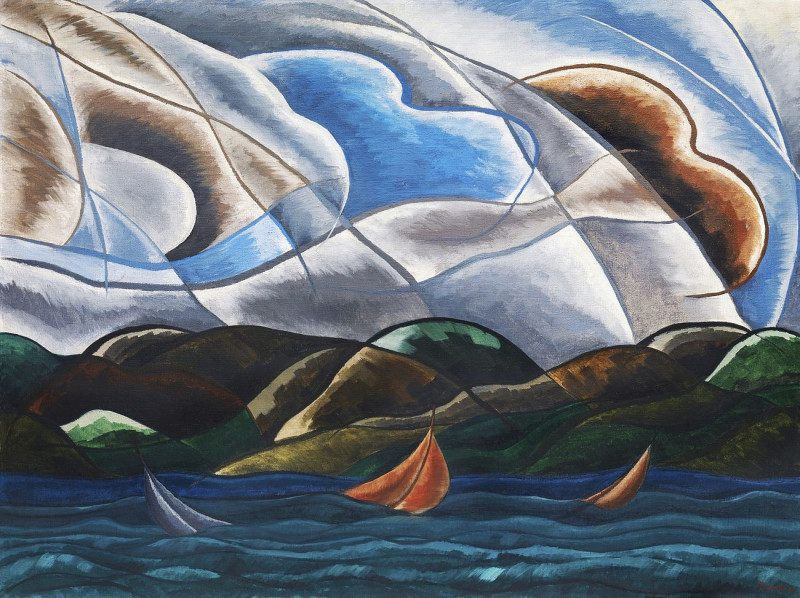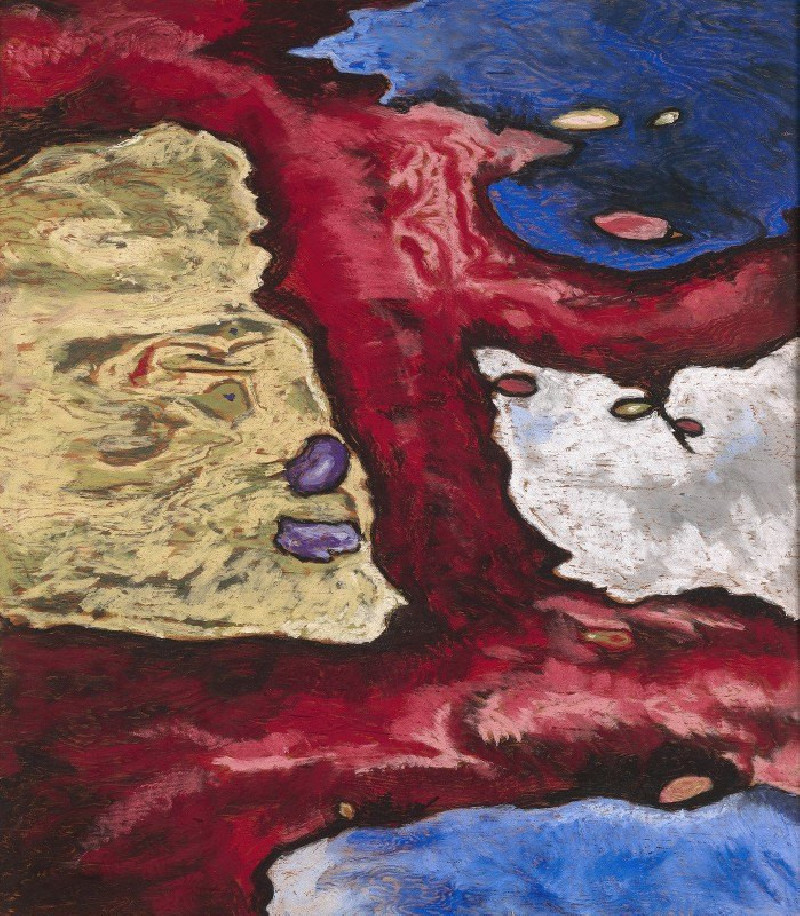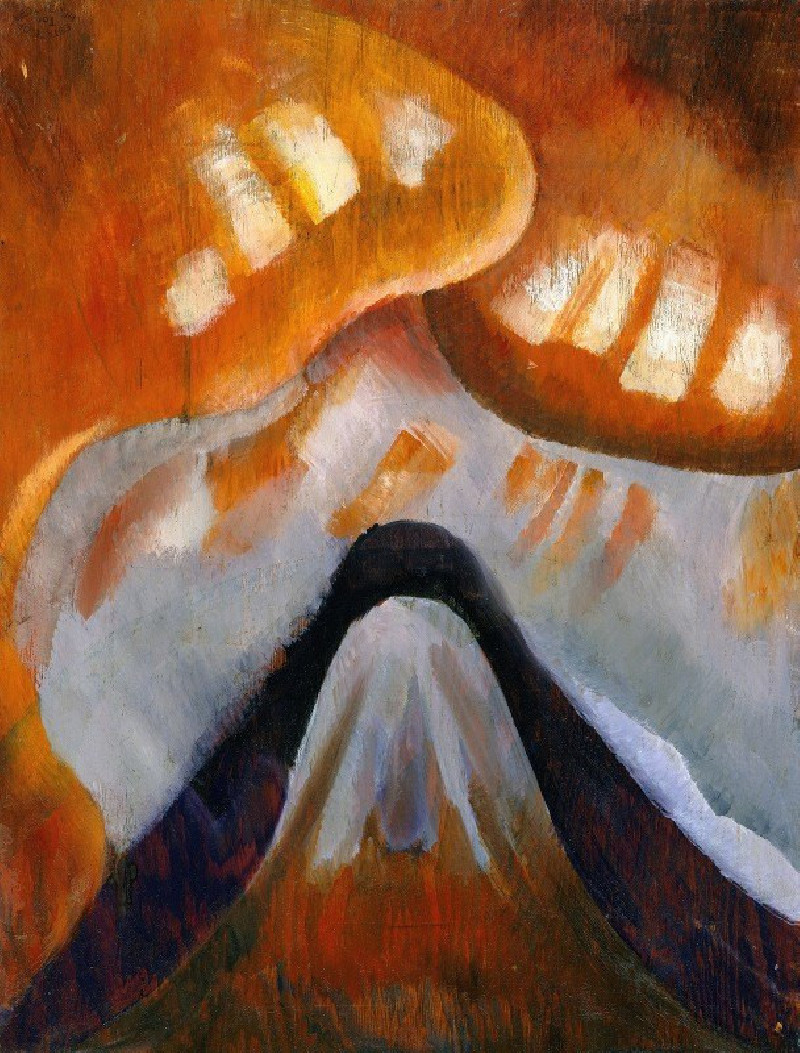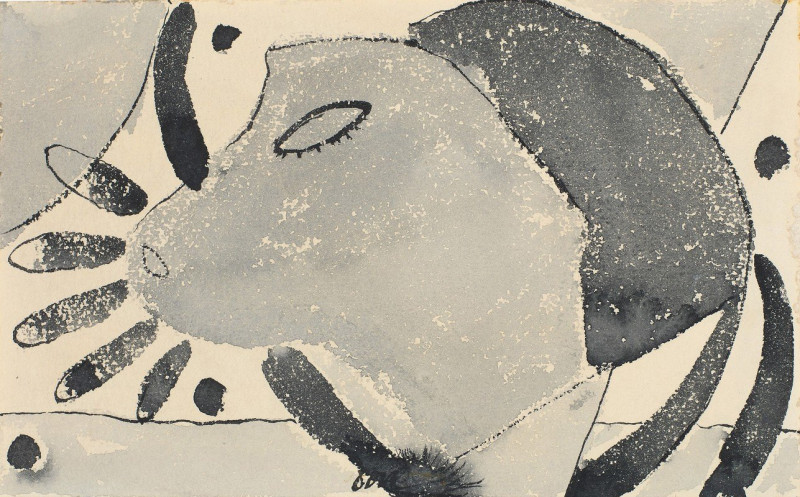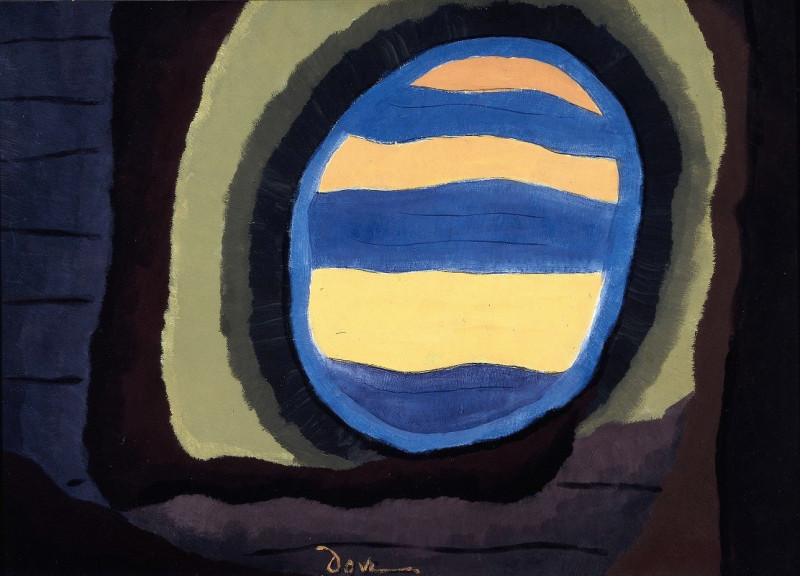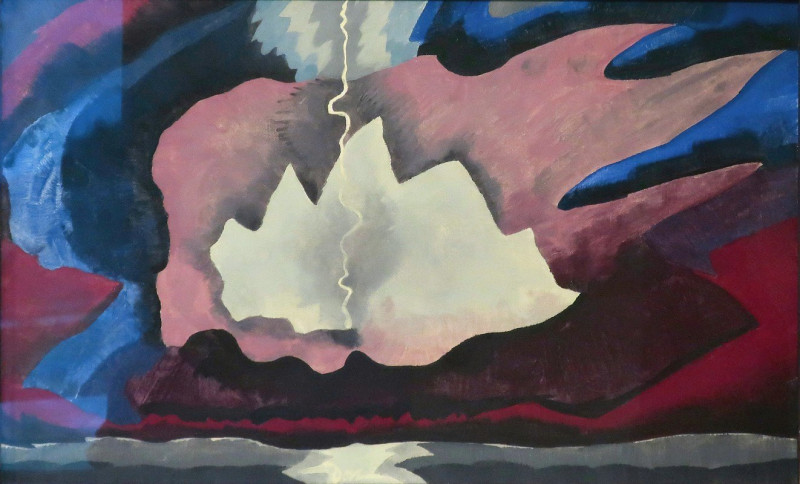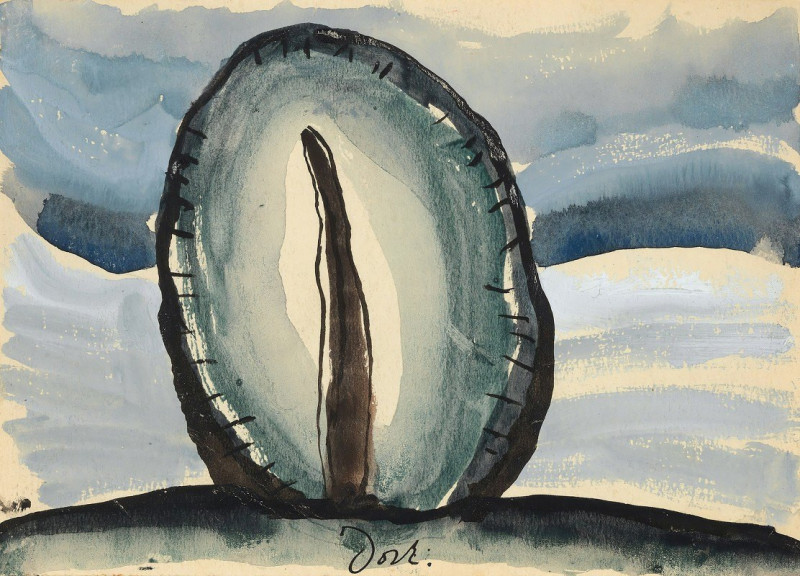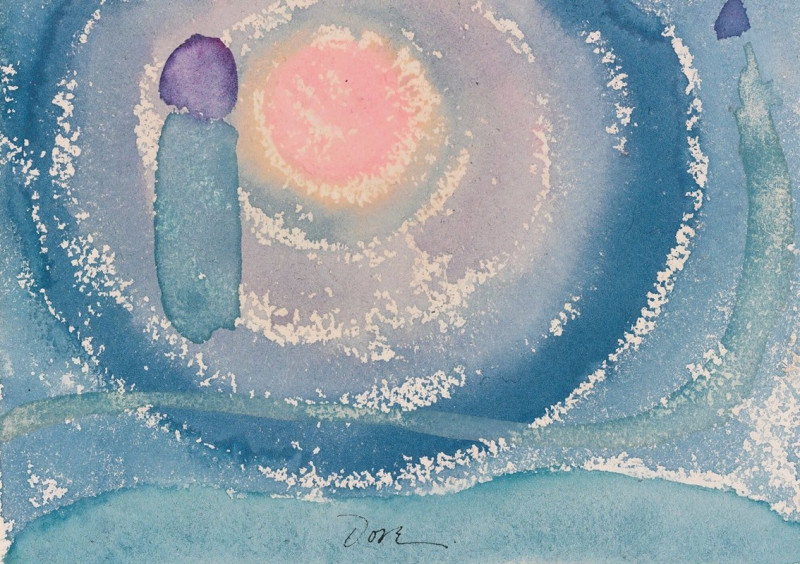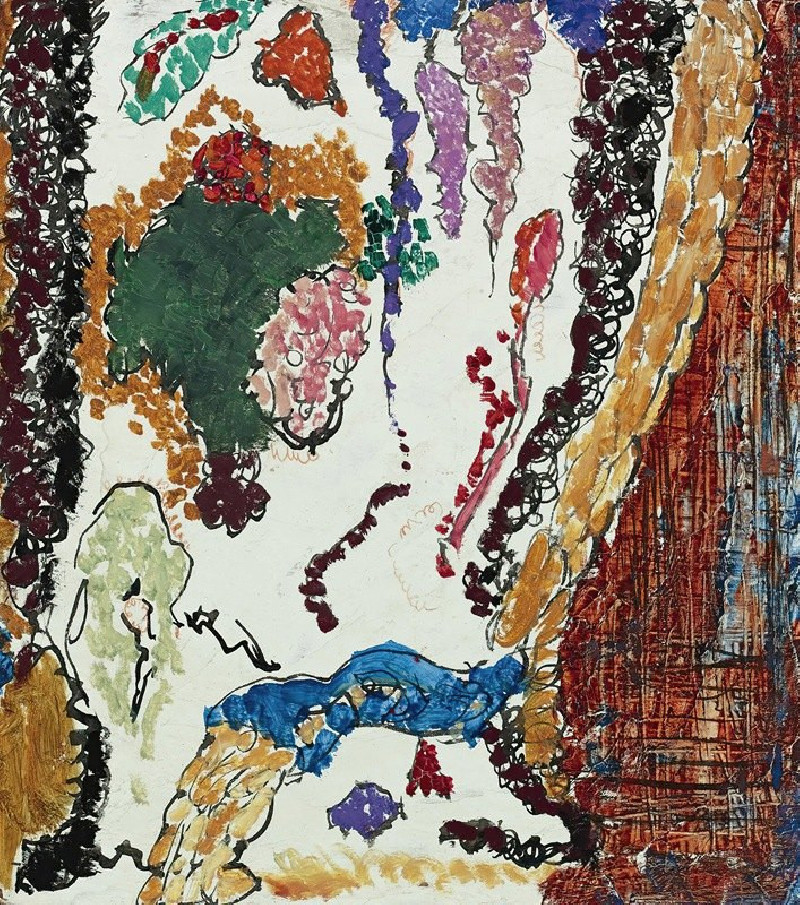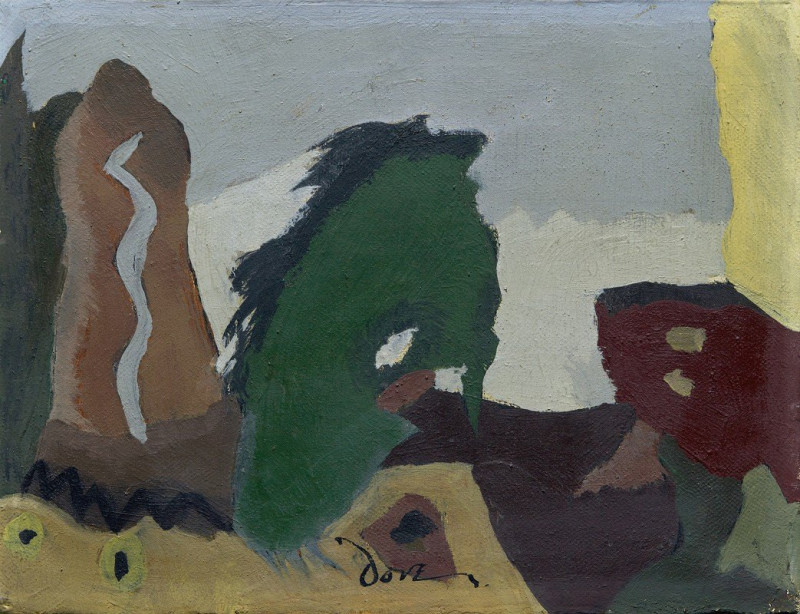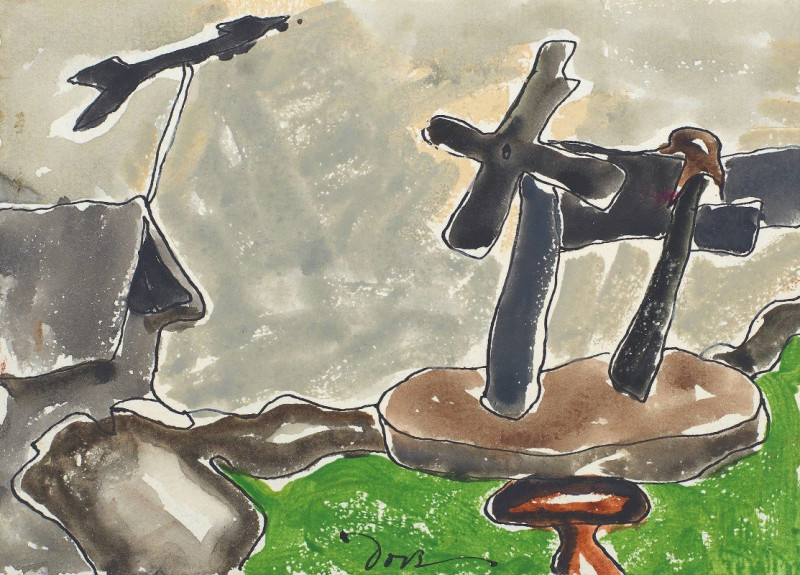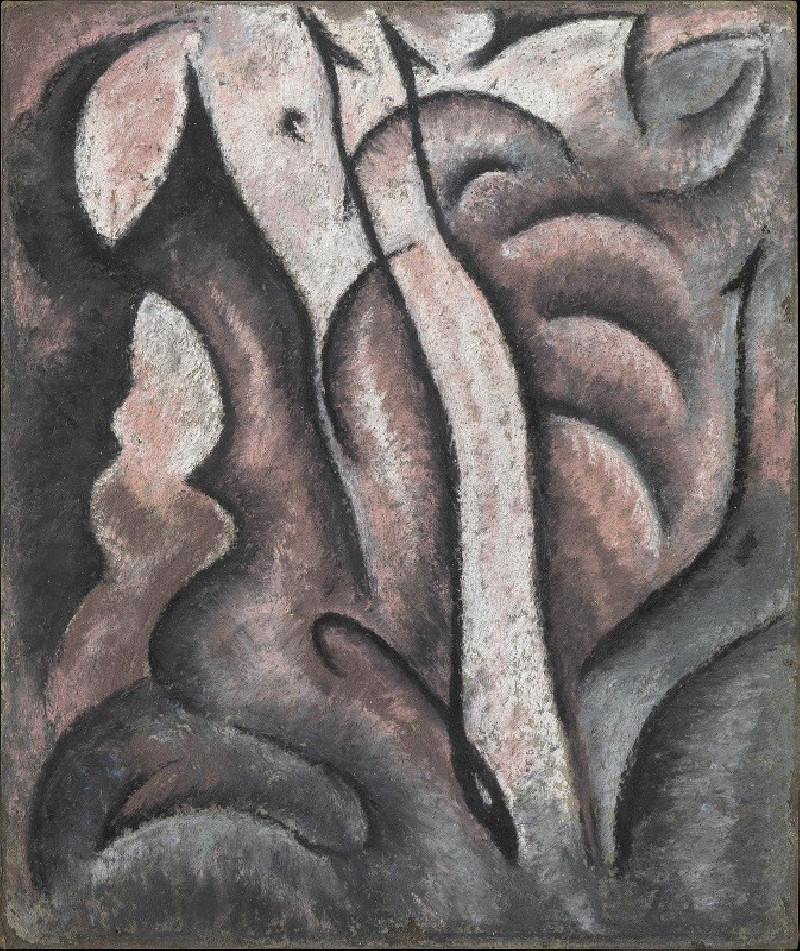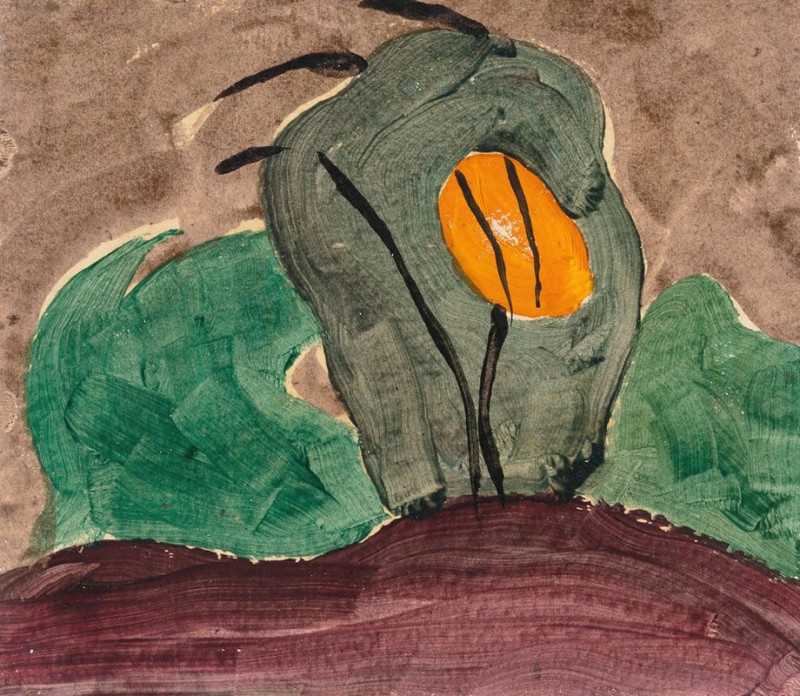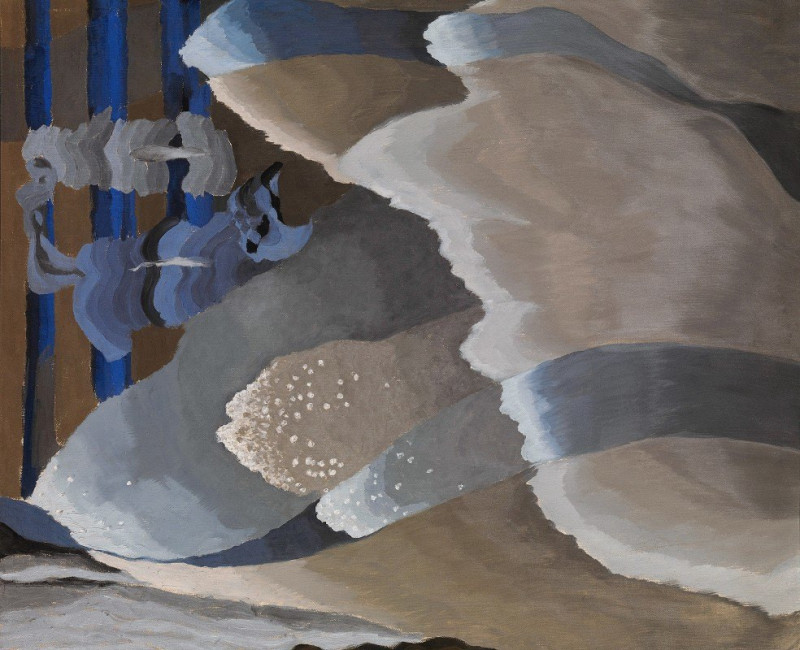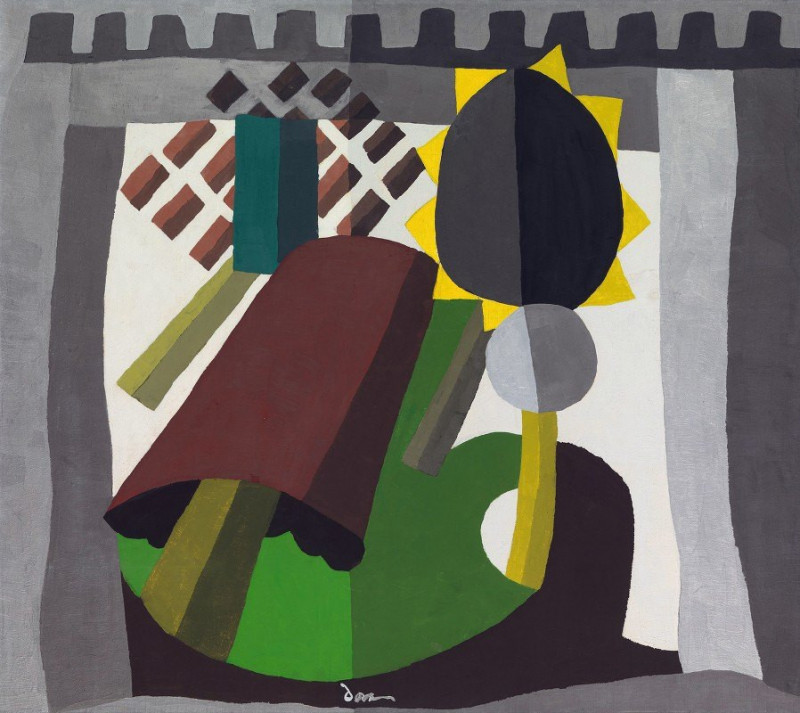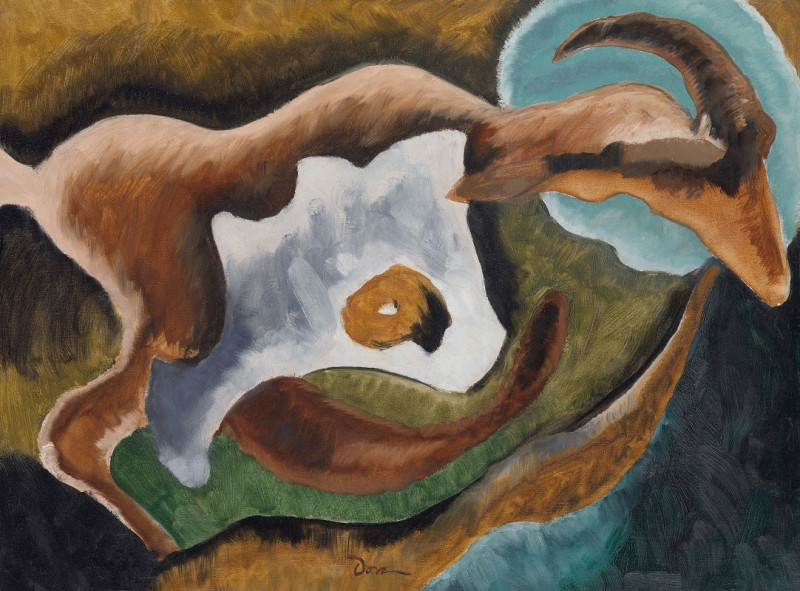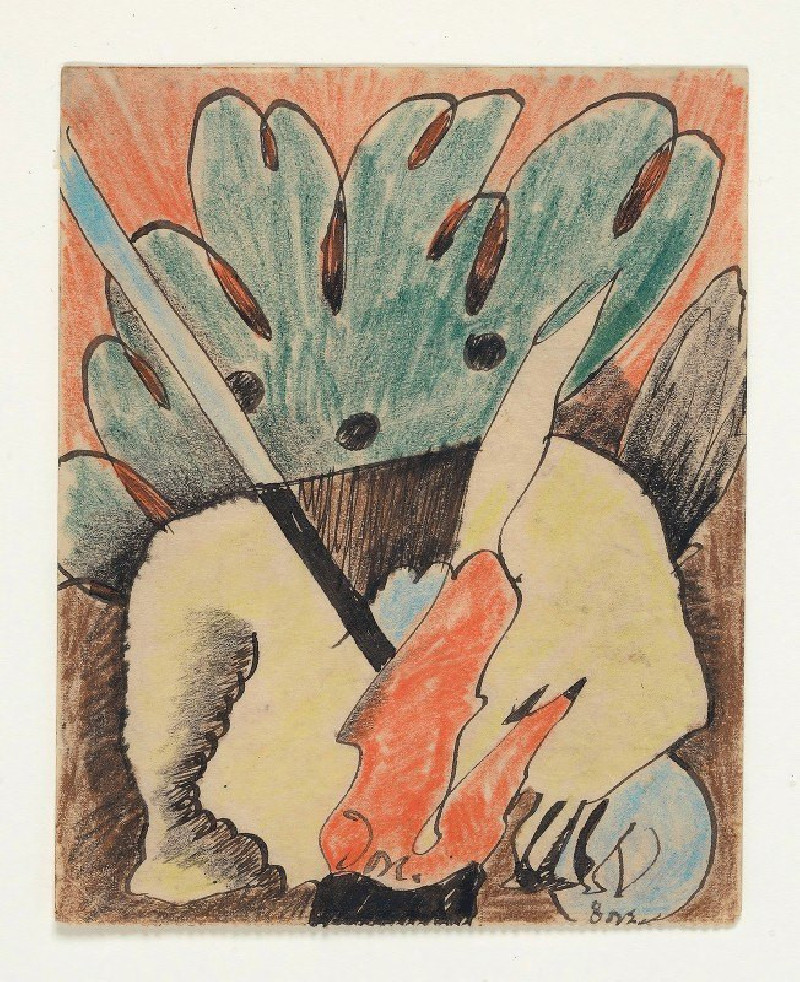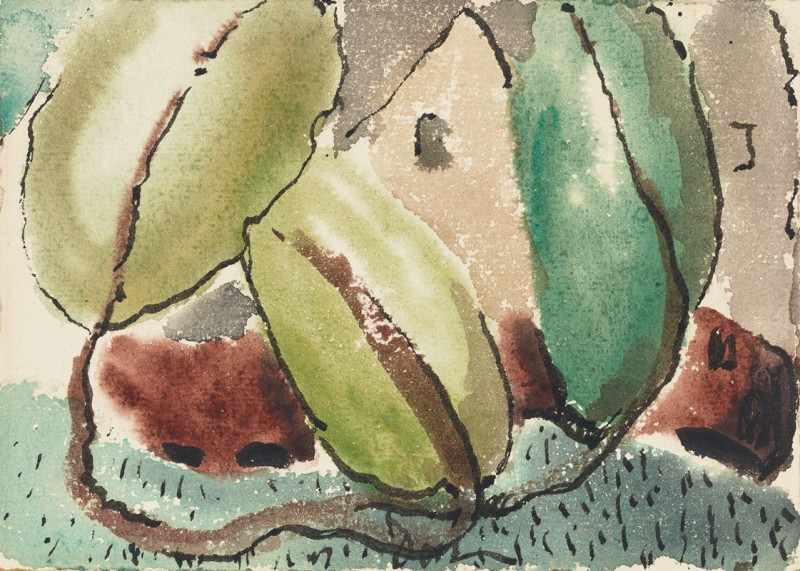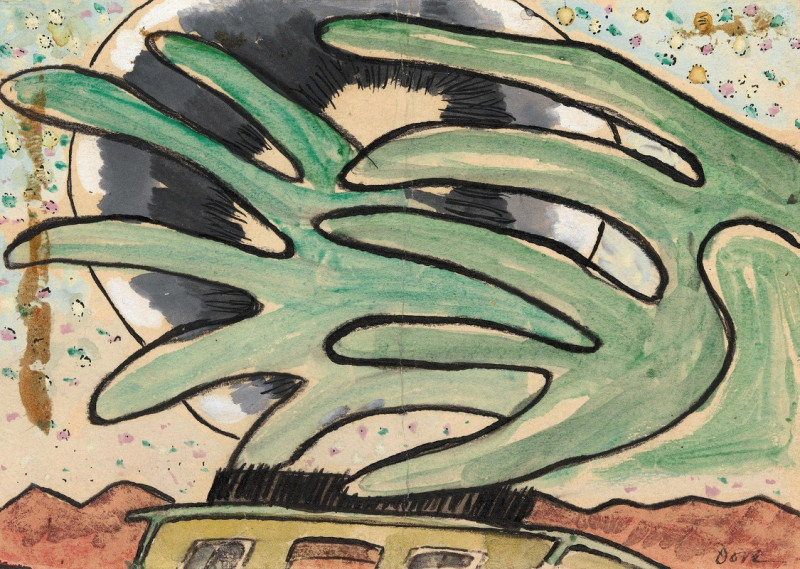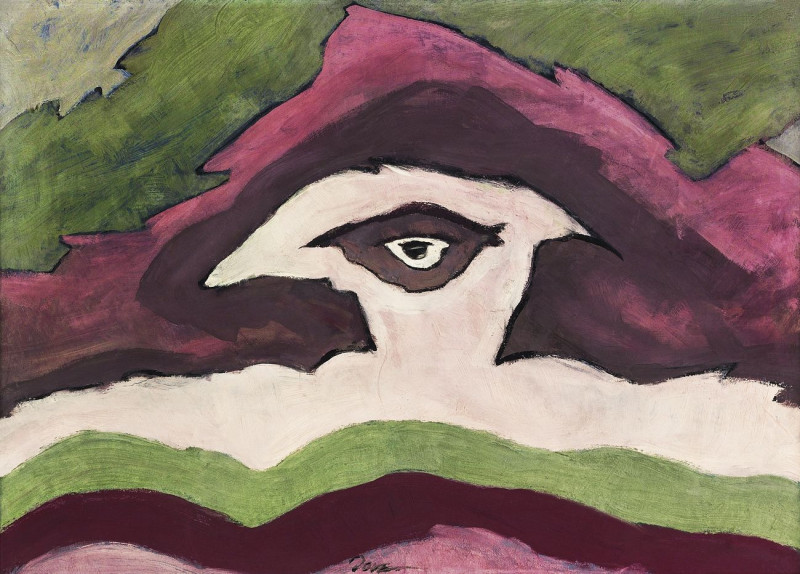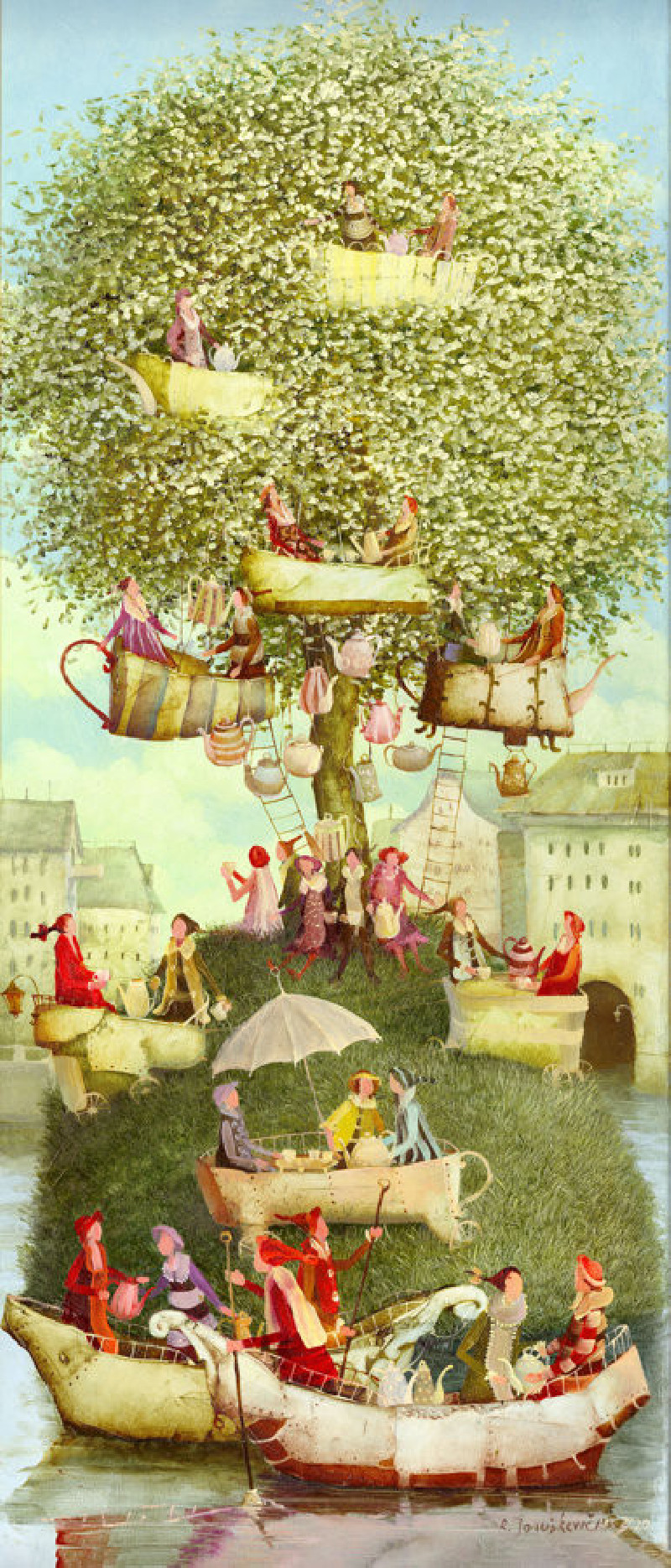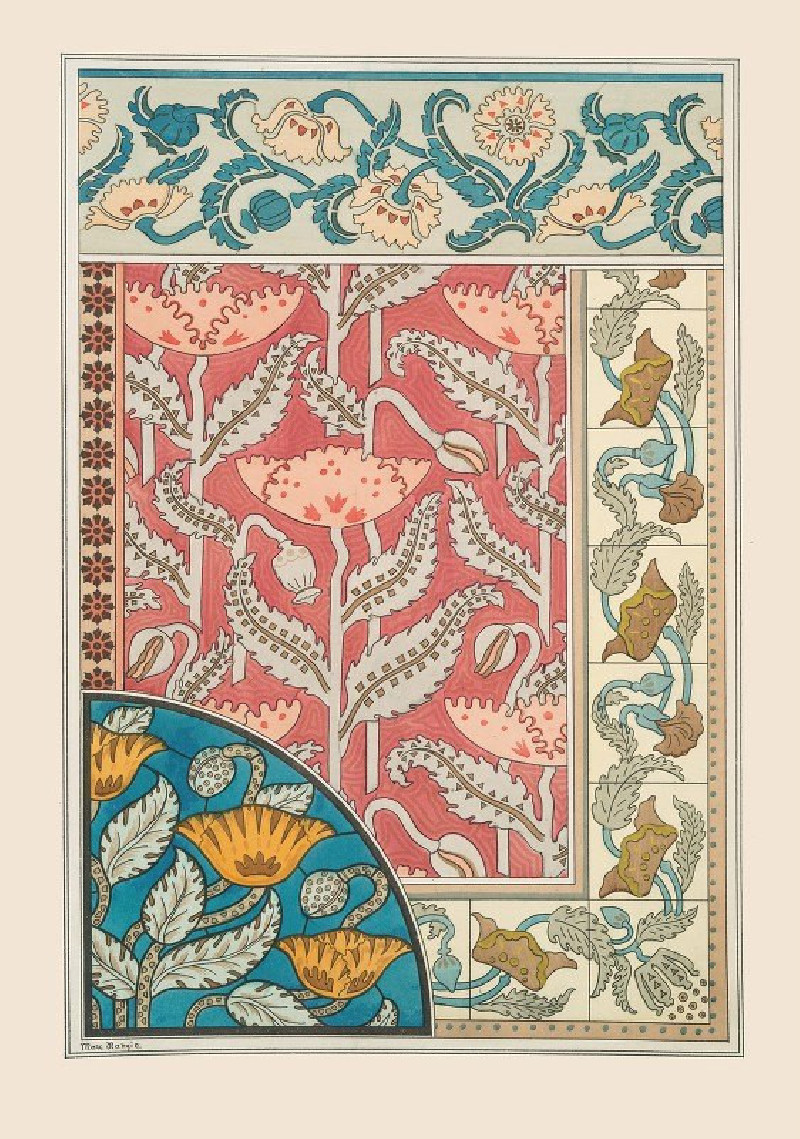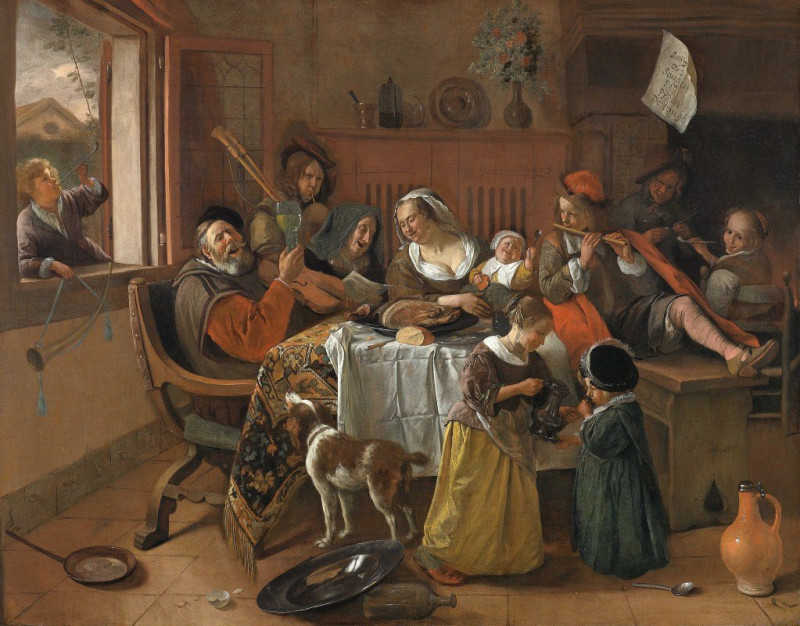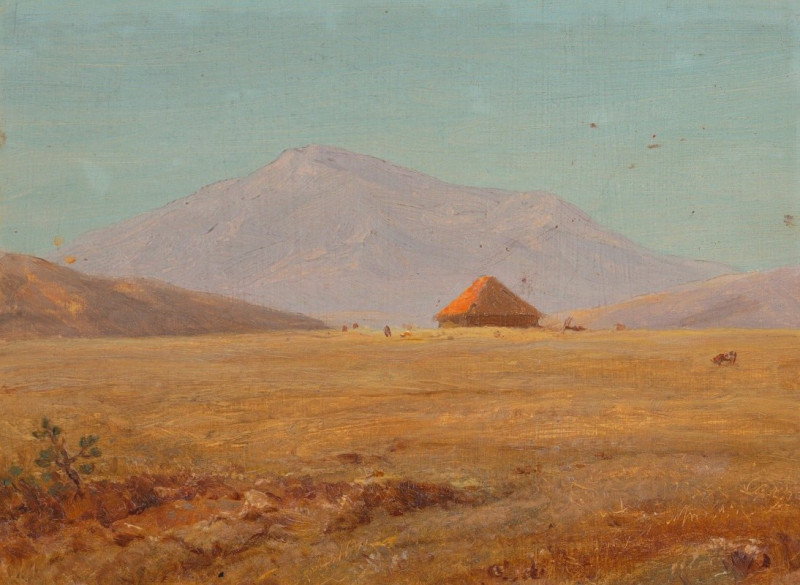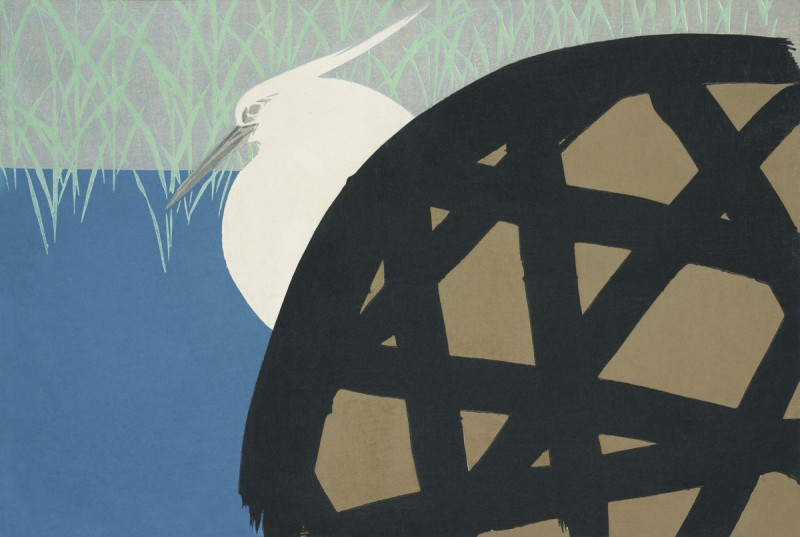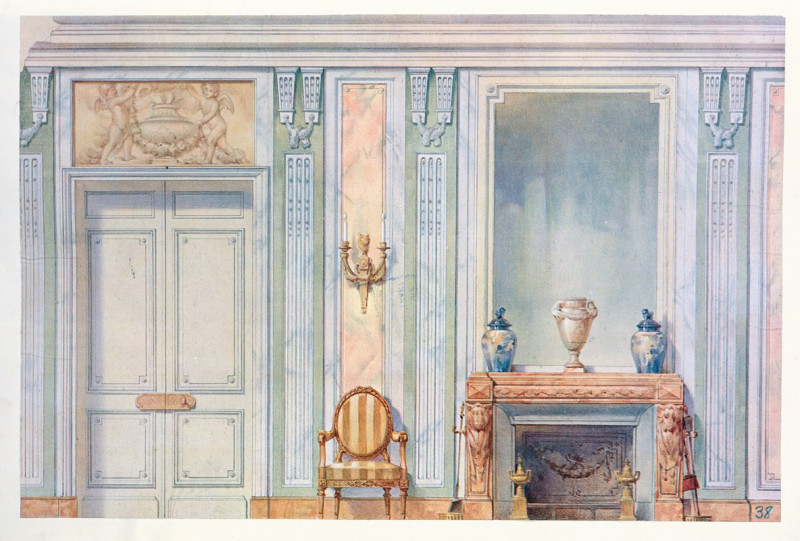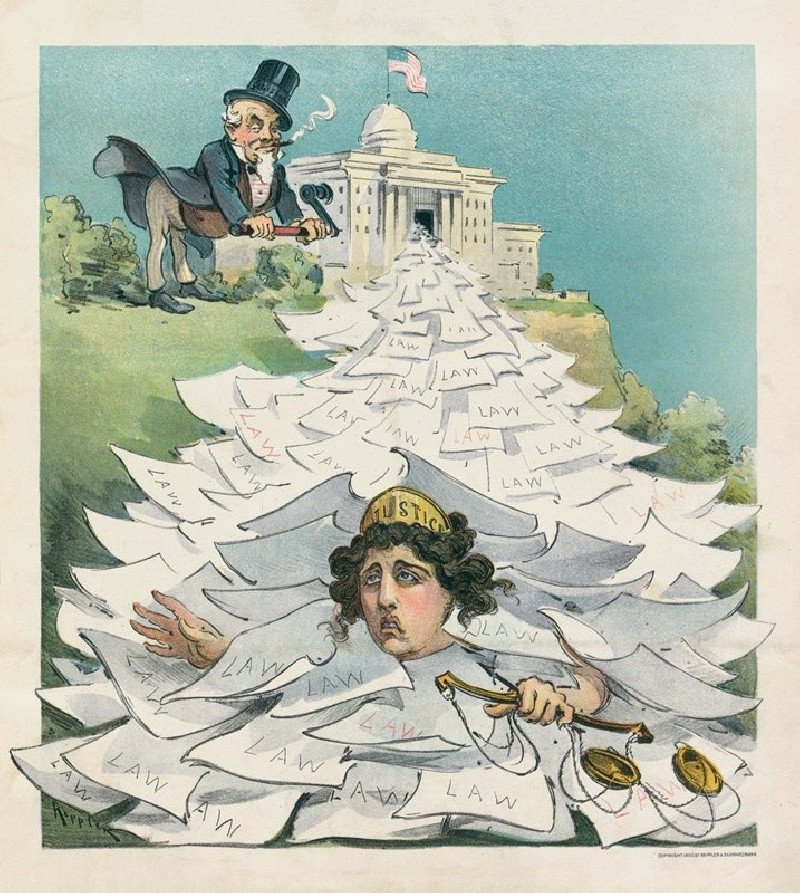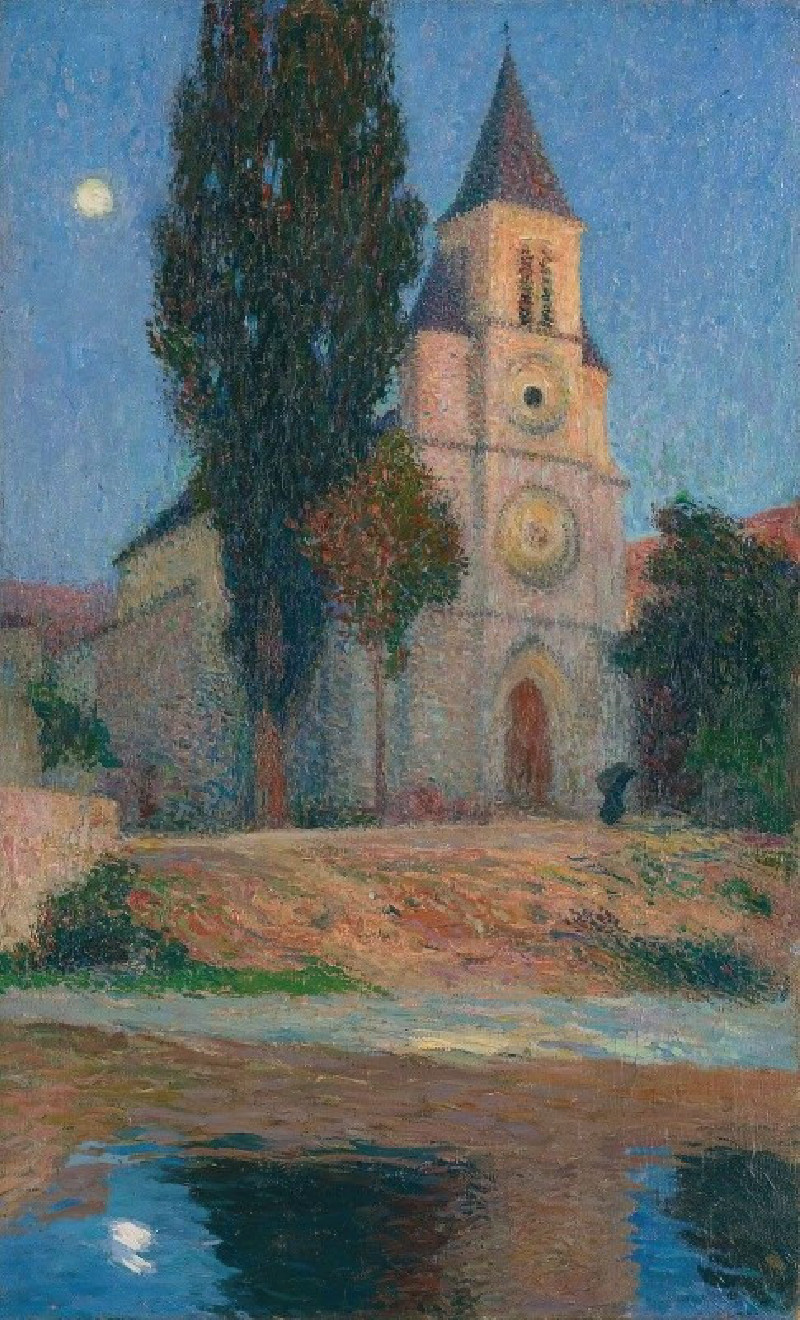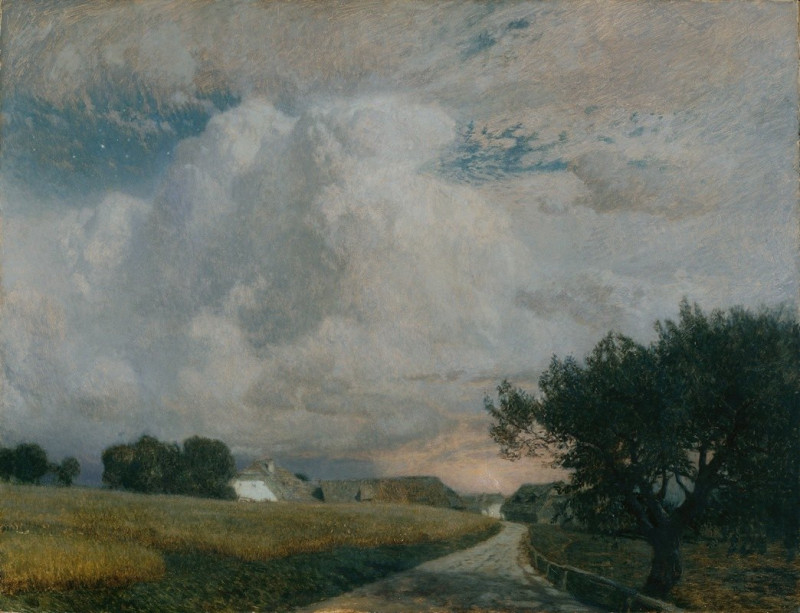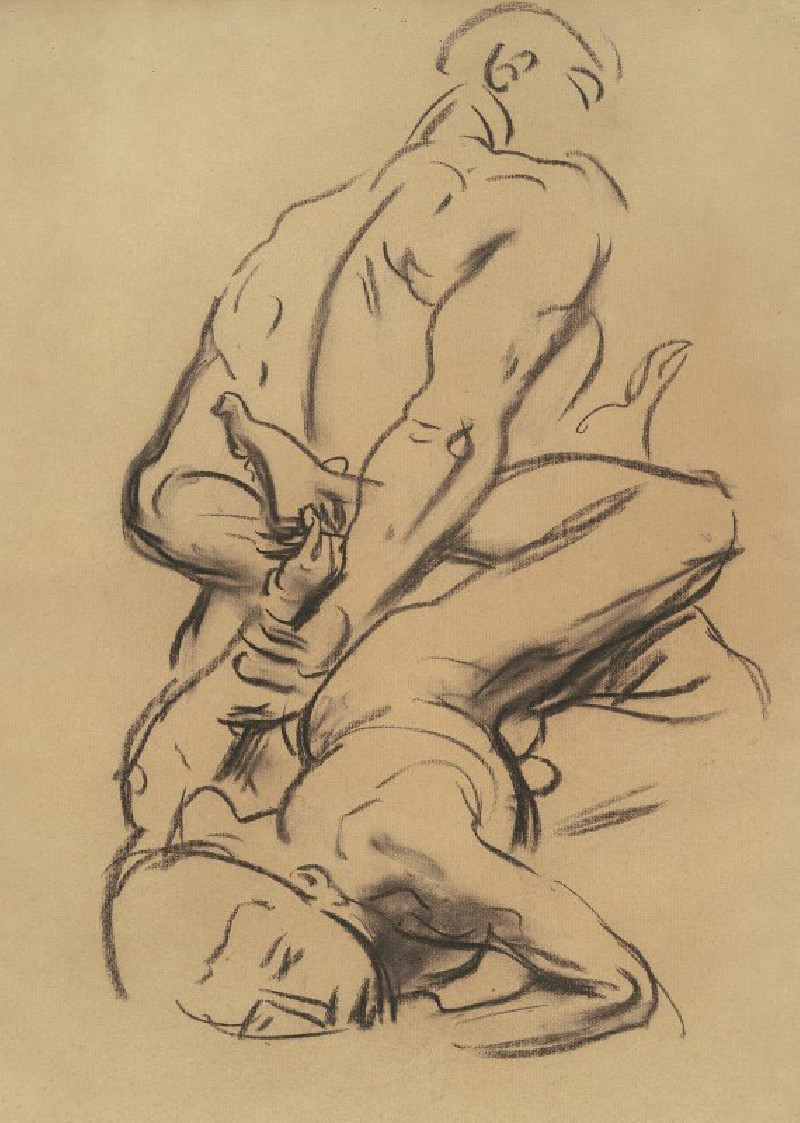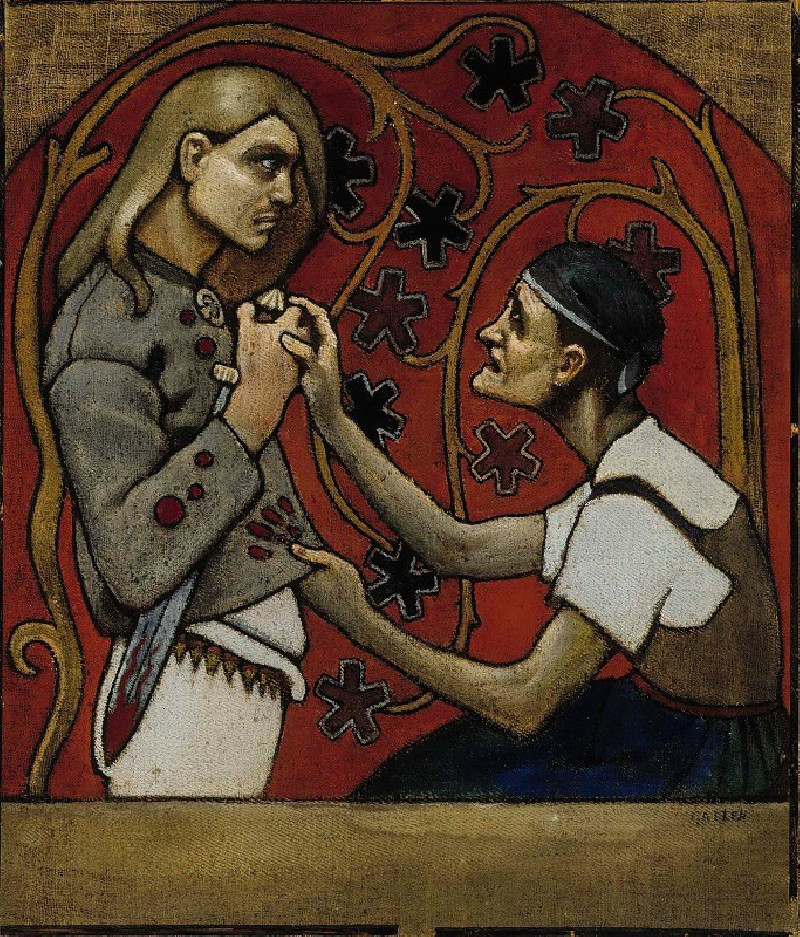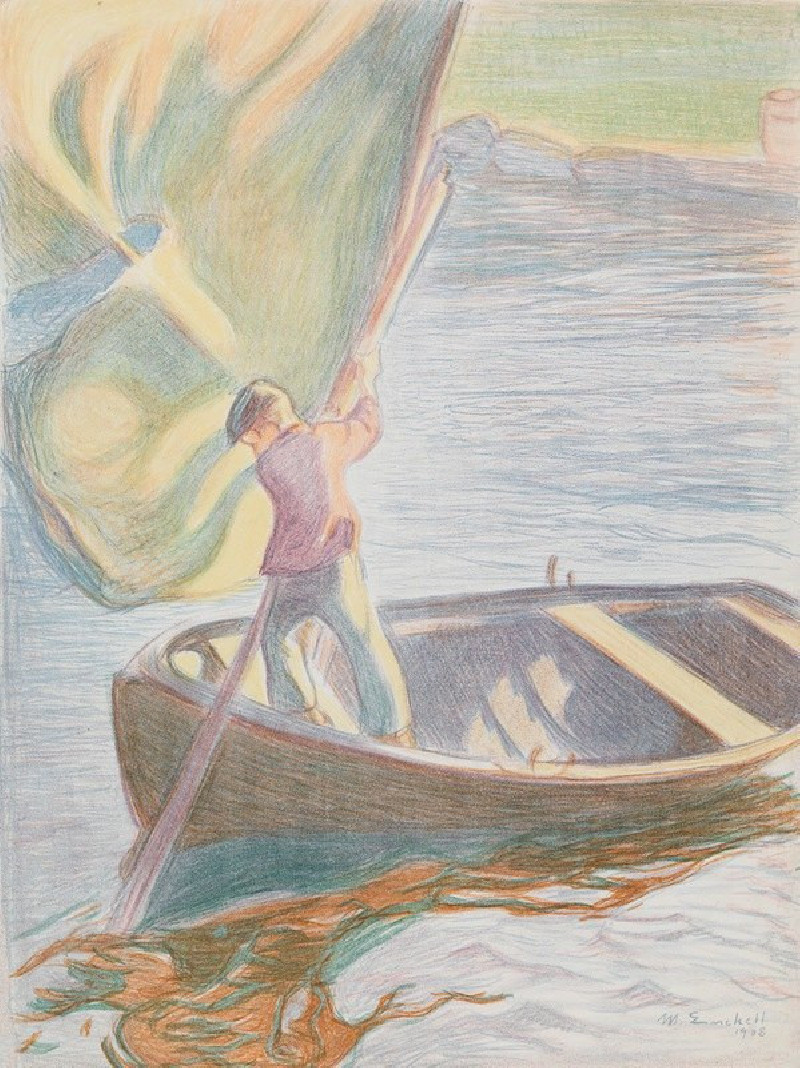Arthur Dove'S Clouds And Water
Technique: Giclée quality print
Recommended by our customers
More about this artwork
In the painting "Clouds and Water" by Arthur Dove, there's a fascinating interplay of natural elements captured in a style that straddles abstraction and representation. The composition predominantly features the dynamic relationship between the sky and the water.The sky is represented through sweeping, curvilinear shapes in shades of blue and white with touches of brown, suggesting a swirling movement of clouds. These cloud forms dominate the upper part of the painting, imparting a sense of motion and fluidity that seems to mimic the wind's invisible force.Below, the landscape is abstracted into rolling, earthy green and brown hills, just touching the horizon line that separates them from the sky. These hills add a grounding contrast to the ethereal and active sky above.The water, depicted in rich, dark blues, occupies the lower section of the canvas. On it, small sailboats with reddish-brown and white sails can be seen. These boats, although small and minimally detailed, serve as a crucial human element, suggesting navigation or travel. They appear to be moving calmly on the water, adding a layer of tranquility to the otherwise dynamic scene.Overall, Dove's use of color, shape, and composition in "Clouds and Water" creates a vivid portrayal of the natural world's transient beauty, and the piece resonates with themes of movement, harmony, and the elemental dance between earth, water, and sky.
Delivery
Returns
Arthur Dove was a Modernist American artist well known for landscapes and abstract paintings. Dove produced commercial illustration works for magazines including Harper’s Magazine. After returning from Paris, Dove met Alfred Stieglitz who mentored him. During his life, he created a number of inventive and distinguishing artworks using stylize abstract forms, often representing nature including sunrise, trees, water, waterfall, and thunderstorm. Dove’s fame continued to grow after his death. He is said to influence the first generation of Abstract Expressionists, such as Jackson Pollock and Mark Rothko.

